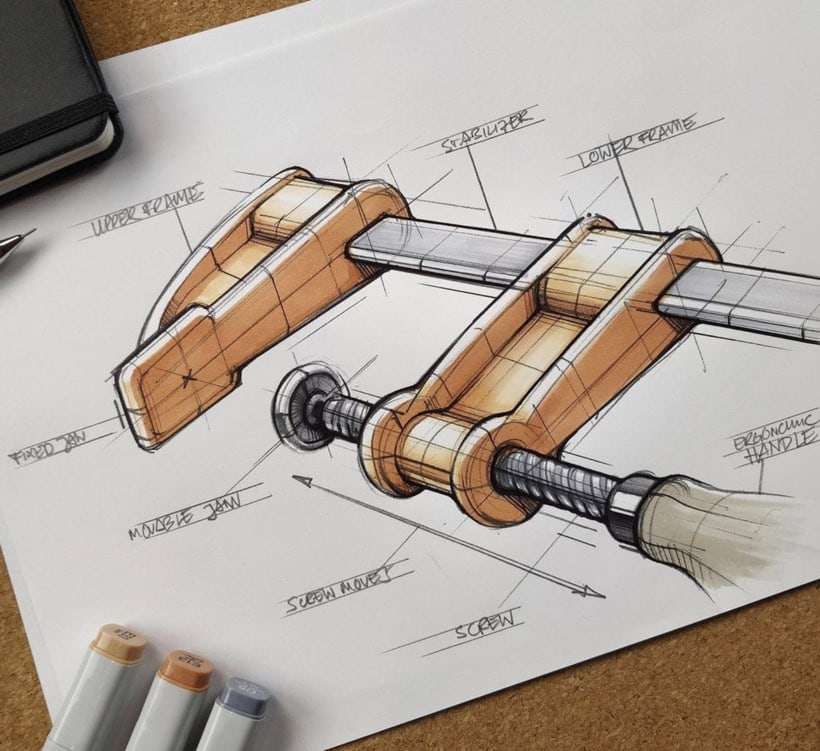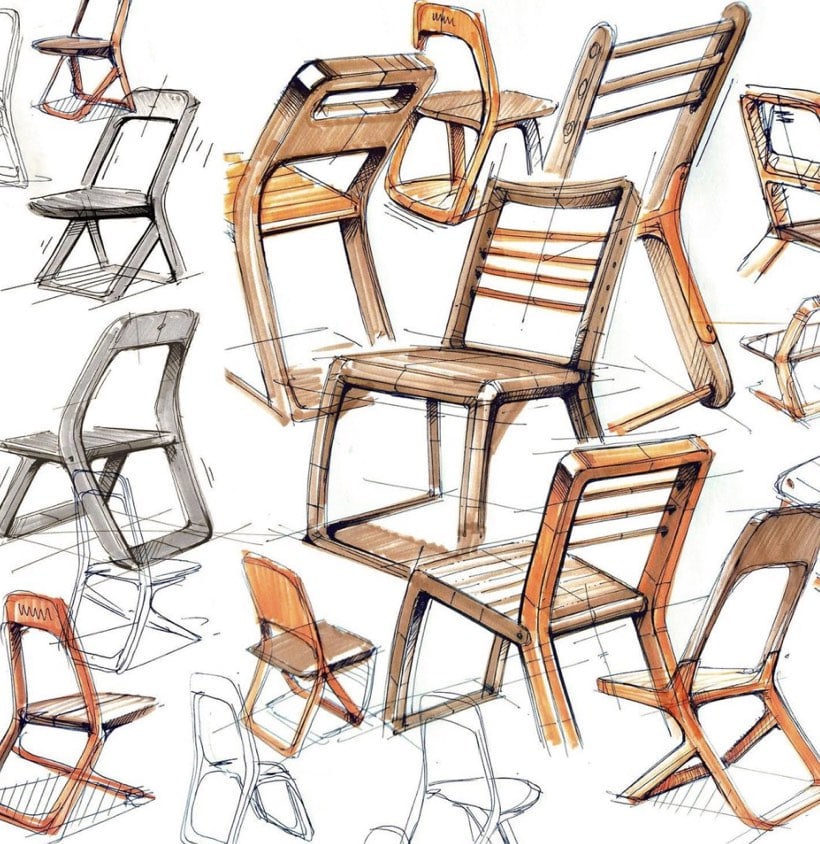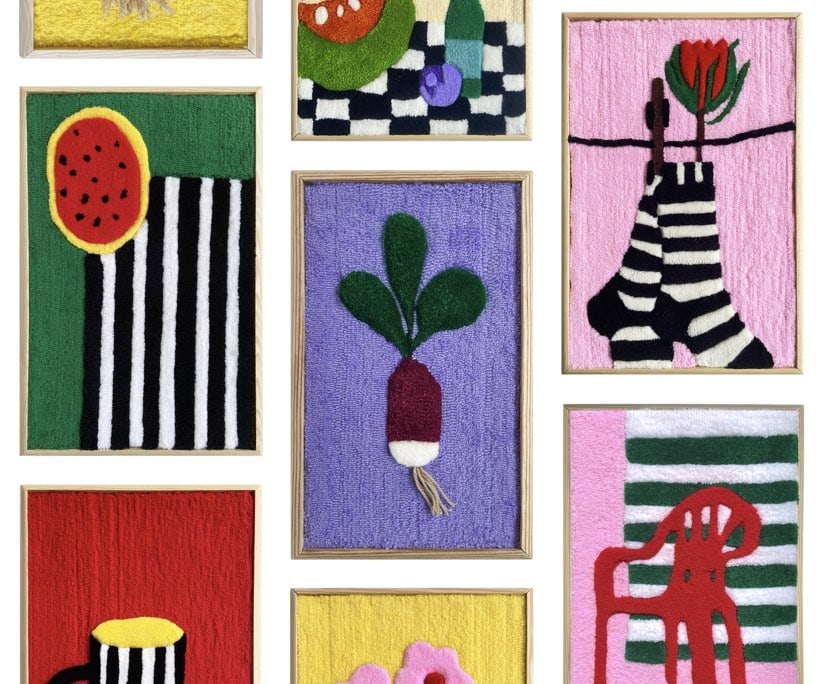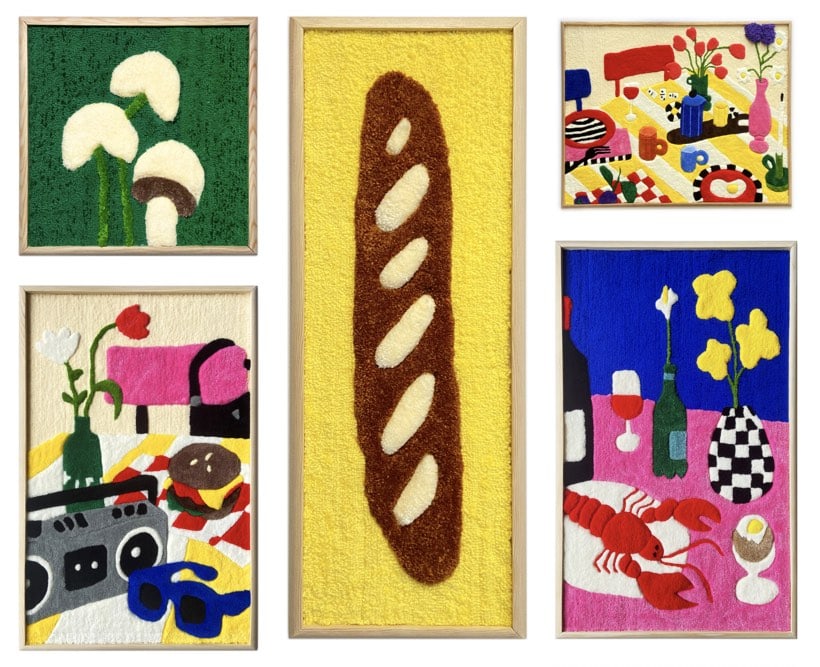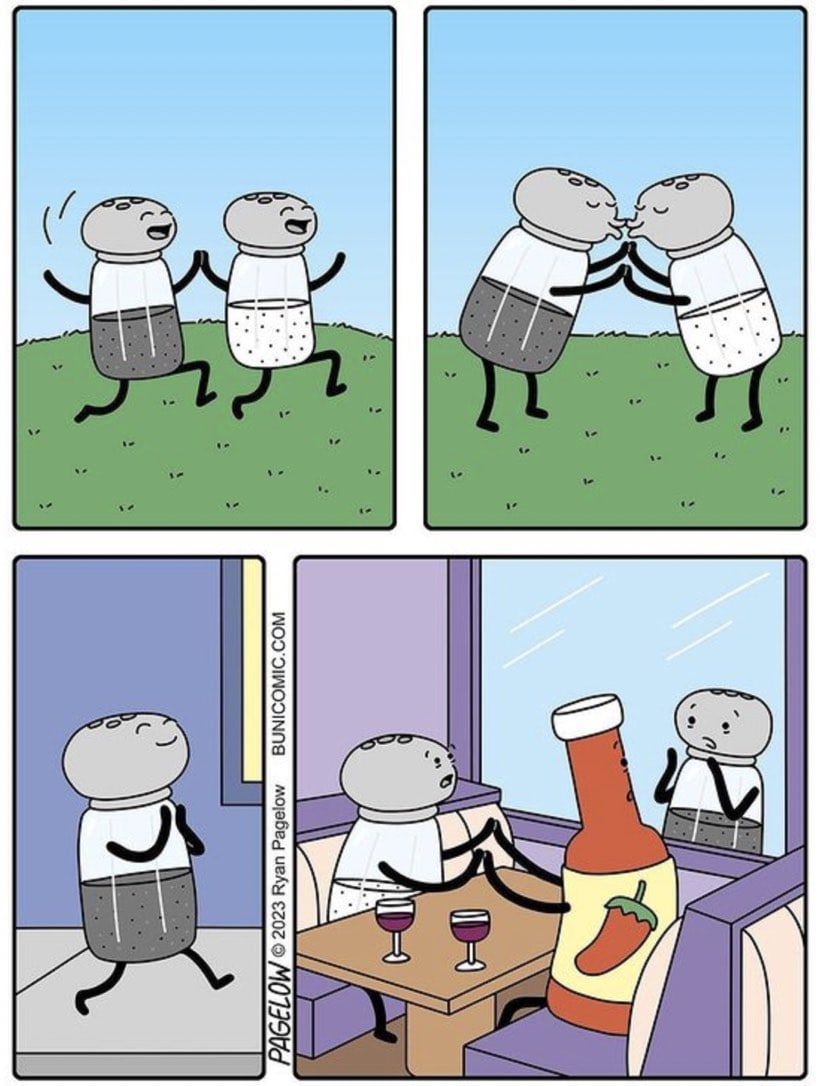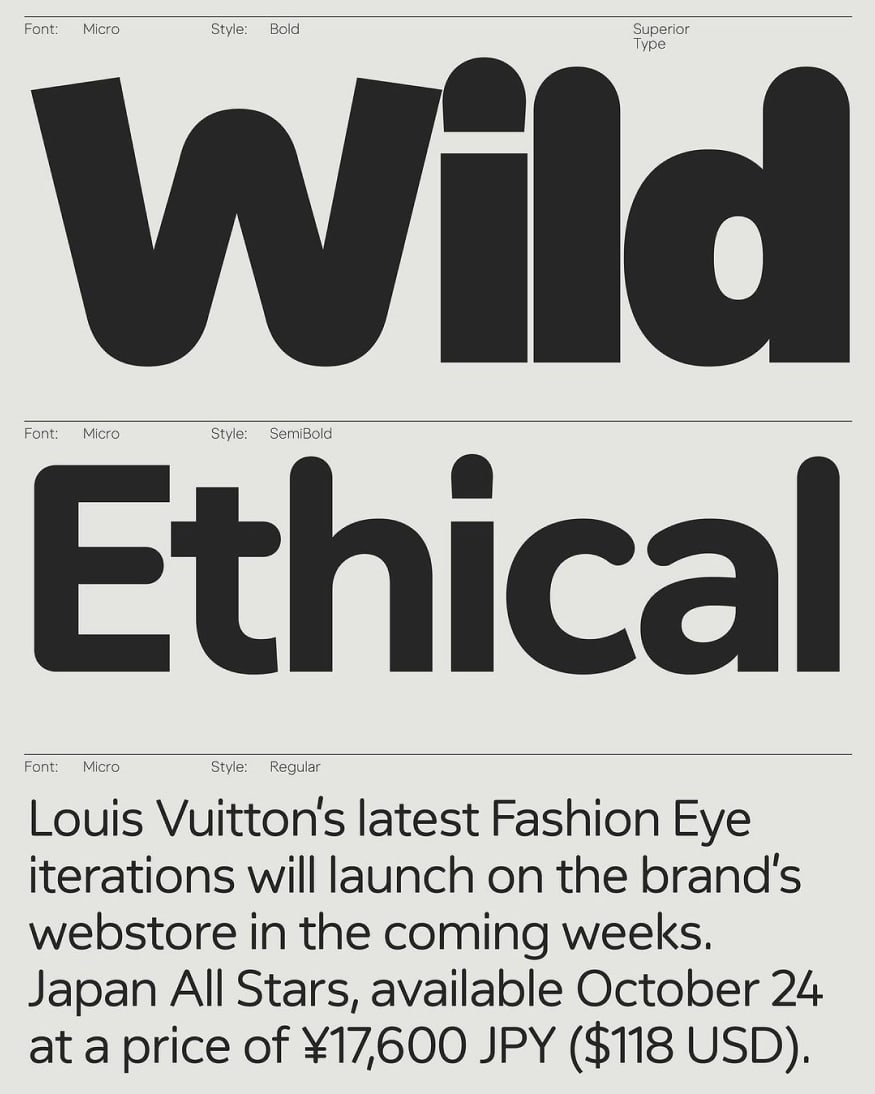 |
| |
|
|
|
Most people who do creative things have at some point wondered what ‘success’ looks like and how to measure it. Sure, money can be a powerful motivator, but pursuing a creative career just because it pays will eventually feel hollow.
I find that people in creative pursuits want to be able to look back on their work and feel a sense of growth and self-actualisation. We don’t always want to admit it, but external validation is also a huge source of motivation, perhaps even more so than money.
Rob Hardy (see also DD208), whose writing explores the intersection of business, creativity and self-fulfilment, uses resonance as a way of gauging whether his creative work is on the right track. He splits it into two broad categories:
“Internal Resonance: How did it feel to write and publish this? Did it make me feel alive, both intellectually and somatically? Did it feel like something no one else but me could have created? Did it feel true to who I am, and who I’m becoming? Did the content of this writing matter to the deepest parts of me, beneath all of the cultural stories about who I think I should be and what I should do?
“External Resonance: How did people respond? Did I strike an emotional nerve? This goes beyond easy, legible metrics like pageviews or social media likes, or even comments, which are at best hazy approximations of external resonance. It’s about looking for signals that something genuinely MATTERED to one or more humans, and elicited a response that’s out of proportion with the average digital interaction. Lots of likes is an okay-ish signal. Lots of comments is a clearer signal. A small handful of comments or private replies from people saying they’ve never felt so seen or understood by a piece of writing – that’s the kind of thing I’m trying to discern and quantify here.”
I think Hardy is on to something. Looking back on my own work, creating something of lasting value and substance is ever so important to me. That’s especially true of the work that went into print magazine Offscreen. And my gosh, I lived for those heartfelt emails from readers or meeting readers at events and hearing about how that little magazine influenced their views and even careers.
Hardy sums it up well:
“Understanding these two metrics matters more than anything I’d find in a traditional analytics dashboard. What I’m optimizing for isn’t growth, certainty, or control. It’s not the maximization of short-term revenue, reach, or influence. Instead, I’m chasing connection – both with myself and with others. I’m trying to design an infinite game, where I spend my days working on things that bring me alive, hence the internal resonance score, and connecting with a relatively small handful of true fans, hence the external resonance score.”
To remind myself of this all-important metric, I have a simple but powerful trick. When I receive a kind, heartfelt email from a reader, I add it to a folder titled ‘Confidence Boost’. So whenever self-doubt strikes or I’m in a creative rut I consult that folder to be reminded of what really matters: connection. – Kai
|
| |
|
DD relies on word of mouth
If you’re enjoying DD, chances are your friends and colleagues will, too! Help me reach more readers by sharing the link to this issue with others:
densediscovery.com/issues/267
You receive this email because you subscribed to Dense Discovery, a weekly newsletter at the intersection of design, tech, sustainability, urbanism and more. Writing to you from Melbourne is Kai Brach. Do you have a product or service to promote in DD? Find out more about advertising in DD.
|
| |
Product Design Strategy SPONSOR
|
|
Learn strategy from the VP of Product Design at Headspace. From choosing the right metrics for your business, anchoring data with human stories, facilitating stakeholder conversations, measuring the impact of your design decisions and understanding industry trends – this course from Future London Academy has all the practical tools and examples that will help you become a better Product Design Leader.
|
|
| |
Apps & Sites
|
Personalised, interactive maps
|
|
PamPam is an online tool for mapping places and routes. For example, collaborate with others to create a map of favourite spots in your neighbourhood, or recreate your road trip by adding photos, stickers and highlighted areas to your map.
|
|
|
This Chrome-based browser extension automatically mutes commercials in Youtube videos and speeds them up to 16x the normal speed. I wish there was an option for other browsers.
|
|
|
I love the idea behind Faircado: as you browse the web and research an item you’re looking to purchase, the browser extension searches various second-hand platforms to find that same product pre-owned. It’s a Germany-based company, so I’m not sure how well it works outside of the EU. And I wish it included Facebook Marketplace, by far the most-used second-hand platform here in Australia.
|
|
A library for change makers
|
|
The goal of The Commons Library is to make social movements smarter and stronger. People interested in activism, advocacy and justice find an extensive list of resources. Browse the library by topic (e.g. coalition building, non-violent direct action, fundraising) or format (e.g. courses, books, interviews, videos, training materials).
|
|
| |
Worthy Five: Lis Dingjan
|
|
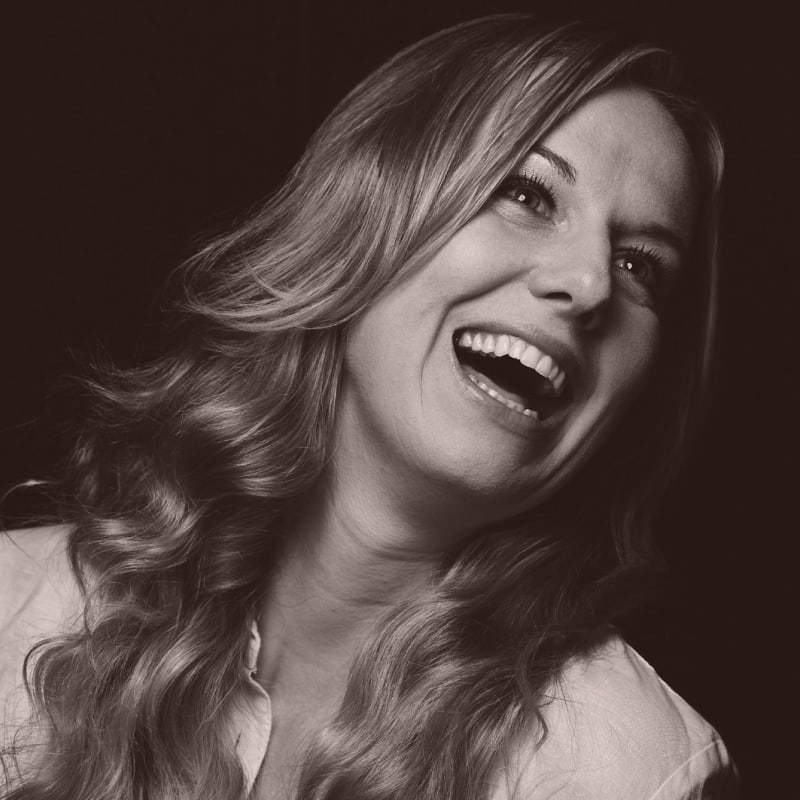
Five recommendations by maker, researcher and grassroots helper Lis Dingjan
|
An Instagram account worth following:
Charli Burrowes creates art and film stories that remind me what it means to be creative. She dares, she fails, she’s brave, she’s outrageous, she’s kind, and she’s aching for a world beyond social media: a world more connected by vulnerability, by community and by something real.
A question worth asking:
Behavioural change happens when the pain of changing is perceived or felt to be less than the pain of staying. I think therefore it helps to ask, how am I benefitting from this situation? And can I describe if I am running from something or towards something?
A phrase worth knowing:
Leonard Cohen once accepted an award and thanked his record company by saying, “I have always been touched by the modesty of their interest in my work.” May we all pursue our arts and values in this manner.
An activity worth doing:
Create a list of activities and values (max 12) that make you feel content and part of a healthy humanity. Essentially, what does a good week look like to you? It might be photographing, making food, participating in community events, writing to friends or having kind boundaries. Rate your success for engaging with each and use it as a reflection for making changes (when we have this privilege).
A piece of advice worth passing on:
Advice while in deep grief rarely helps but in the case of one particular death, a woman told me that it would feel like I’m by the ocean. Huge waves will crash over me, pulling me under. Then the tide shifts and those waves arrive in sets instead. There’s momentary space to breathe until they crash all over you again. The water pays no attention to you but it continues subsiding until one day it’s just the sea, lapping at your ankles. Occasionally a freak wave will hit but mostly you’ll find yourself feet deep, calmly at the shore. It’s one of the only things I found useful to guide me.
(Did you know? Friends of DD can respond to and engage with guest contributors like Lis Dingjan in one click.)
|
|
| |
Books & Accessories
|
Unconventional strategies for reinventing your career
A 2002 book on reinventing your (working) self that was published before the rise of the online career coach. Herminia Ibarra argues that the way career changes happen is through a series of experiments. “Career transition is not a straight path toward some predetermined identity, but a crooked journey along which we try on a host of ‘possible selves’ we might become. Based on her in-depth research on professionals and managers in transition, Ibarra outlines an active process of career reinvention that leverages three ways of ‘working identity’: experimenting with new professional activities, interacting in new networks of people, and making sense of what is happening to us in light of emerging possibilities.”
|
|
Chronicling a decade of walking Japan
Many of you will already be familiar with Craig Mod’s work. He’s a talented writer, photographer and designer, journalling his experience of exploring Japanese towns, regions and mountains by foot. In his second fine art publication Things Become Other Things, Crag chronicles thousands of kilometres of walking and hundreds of conversations with locals – about local culture, entrepreneurship, and the future of a country that’s aging more quickly than any other. According to Craig, in this book he is “searching for archetypes in landscapes and people — archetypes for how grace can and should infuse everything, even things coming to an end. Even things becoming other things.”
Friends of DD enjoy a 10% discount.
Become a Friend to access specials like this.
|
|
| |
Overheard on Twitter
|
|
A wise person once said that you will experience climate change through a series of increasingly wild videos, until you are the one taking the video.
|
| |
Food for Thought
|
|
The fascinating story of Campaigns Inc., “the first political consulting firm in the history of the world”. Going back to the 1930s in the US, Campaigns Inc. was the first attempt at using techniques from the advertising world to sway voters’ opinions. It was so successful that it went on to define the way political campaigns in the US are faught to this day: on the back of an attack-prone, multi-million dollar propaganda machine. “‘Voters are basically lazy, basically uninterested in making an effort to understand what we’re talking about’, the Nixon adviser William Gavin wrote in a memo. ‘Reason requires a higher degree of discipline, of concentration; impression is easier’, he wrote in another memo. ‘Reason pushes the viewer back, it assaults him, it demands that he agree or disagree; impression can envelop him, invite him in, without making an intellectual demand. ... When we argue with him we demand that he make the effort of replying. We seek to engage his intellect, and for most people this is the most difficult work of all. The emotions are more easily roused, closer to the surface, more malleable.’” (Possible paywall – free archived view)
|
|
|
I don’t usually read pieces obsessed with wealth or wealthy people, but Morgan Housel’s writing on money is entertaining and insightful. Here, he offers us a list of possible downsides to getting rich. “Happiness is complicated, but if you simplify it into things like a loving family, health, friendship, eight hours of sleep, well-balanced children, and being part of something bigger than yourself, you realize how limited money’s role can be. It’s not that it has no role; just smaller than you may have assumed. ... When money comes quickly, the emotional cost of blowing it on something frivolous is low. You are only careful with something when it’s dear to you. Spending quick money that you didn’t invest much time or energy into earning can feel like the equivalent of a one-night stand: impulsive and prone to regret. Old money wants a tax shelter, new money wants a Lambo.”
|
|
|
A really lovely on-stage interview with Pulitzer Prize-winning science journalist Ed Yong about his book An Immense World (featured in DD250) about the complex, wonderful world of animal senses. “Flowers growing in electric fields, bees seeing in ultraviolet, the underwater symphony of the Great Barrier Reef – Ed asks how animals can sense this when we can’t.”
|
|
| |
Aesthetically Pleasing
|
|
Industrial designer Marius Kindler shares his sketching process of the many objects he appreciates.
|
|
|
Cléa Delogu, aka Lala Touffe, is a former art director in advertising turned tufting artist. Tufting is a craft technique for making rugs but Delogu creates colourful framed artworks to put on walls.
|
|
|
Comic artist Ryan Pagelow creates Buni, “visually cute – yet twisted and sad – comics” that still manage to put a smile on your face.
|
|
|
Micro combines the alternation of sharp and round ends and bends of strokes. It’s a minimalist font, with the ability of maximal effect.
|
|
| |
Notable Numbers
|
|
Insecure renting ages you faster, a new study finds. Every year of renting a home was associated with an extra 2.4 weeks of ageing on average, compared to owning a home. Better housing policy can help.
|
|
|
In its most recent fiscal year, Walmart sold $606 billion worth of stuff, which is more than the annual output of most countries on Earth. Indeed, were it a sovereign nation, Walmart’s revenue would be enough to rank around 27th in the world, more than the GDP of Sweden, Singapore, New Zealand and Norway.
|
|
|
The US is producing more oil than ever before. The nation’s crude oil production hit 13.2 million barrels per day, surpassing the pre-Covid peak.
|
|
| |
Classifieds
|
|
Waitless: Create a viral waitlist for your next idea for free. People climb up as they invite friends. Set milestones, integrate it in minutes and build an audience pre-launch.
There are so many podcasts out there. How do you choose what to listen to? EarBuds brings you a weekly themed list of 5 recommendations, and each issue is curated by someone new.
You wanted to run an agency, and now it’s running you. Work with Same Team Partners to get your company in order so you can focus on growing your business, not just managing it.
NowPlaying allows you to explore the hidden stories and art behind your favourite music, albums, and artists, enhancing your listening experience.
|
|
Classifieds are paid ads that support DD and are seen by our 35,000 subscribers each week.
Book yours →
|
|
| |
The Week in a GIF
|
|
Reply with your favourite GIF and it might get featured here in a future issue.
|
|
| |
|
DD is supported by Friends and the modern family office of  . .
|
| |







